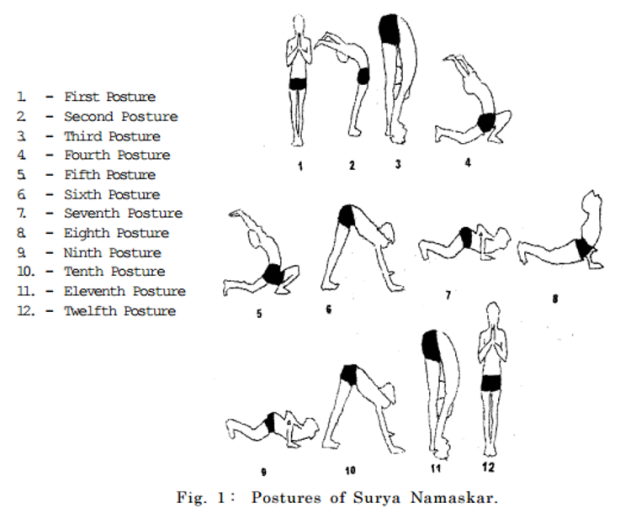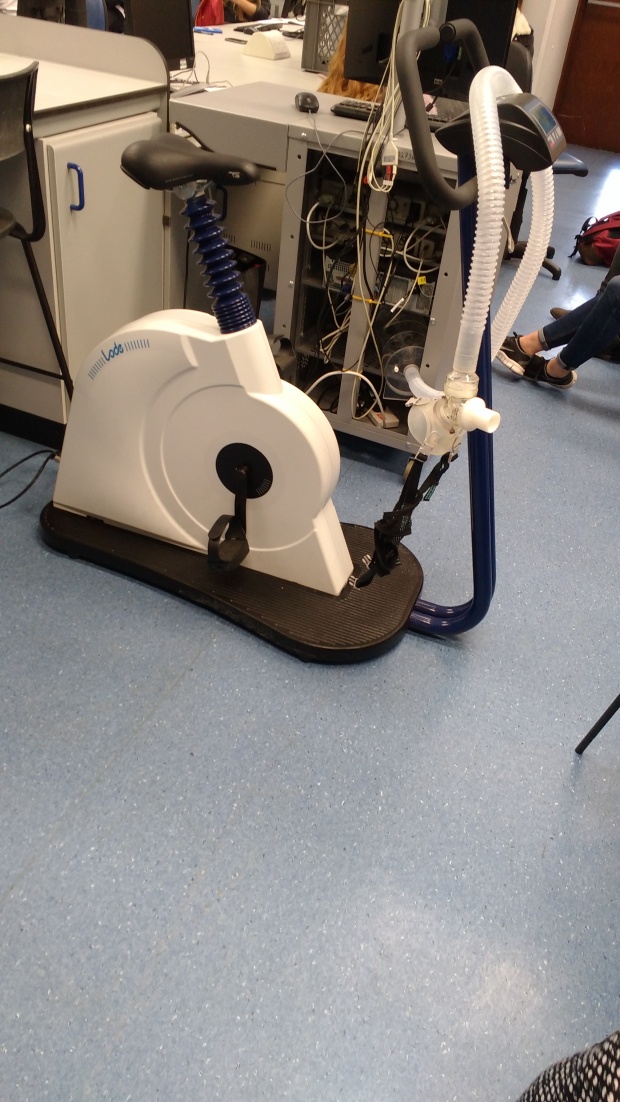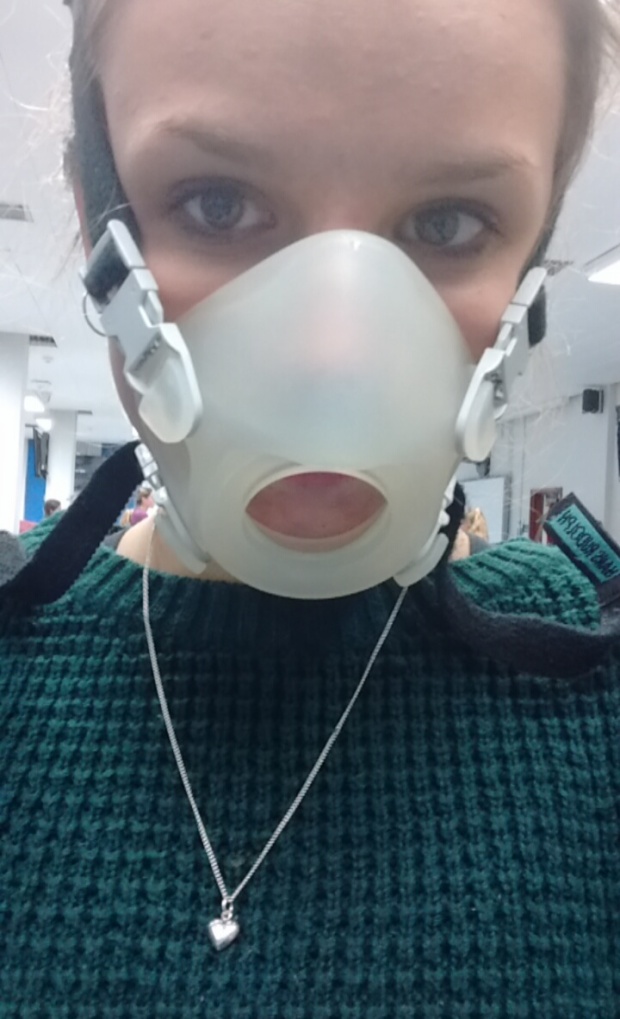For my Coordinated Physiological Functions module I have to do a 5 minute presentation about any area of exercise physiology. (It’s tomorrow eeeek)
I have chosen to focus on Yoga. Since coming back to uni this September I have been going to classes a few times a week and doing some in the living room with my house mate too. (She is fab and practices every day). I started going as my aims this year were to keep stress as low as I can and do more exercise! My body likes to physically react to stress with many annoying symptoms so taking control is what I am trying to do. Plus, I have been really enjoying the classes and think I am already a bit stronger and more flexible. (I can now do crow pose and am working on headstand!)
Any way, the point of this blog post is to summarise some of my findings from my Yoga research. I have found a lot more studies looking at Yoga than I thought there would be.
Yoga is a mind-body interveion which combines physical exercise and meditation. This varies to different extent in varying practices and styles of yoga.(1) It is an unconventional form of exercise which involves a range of simple and complex body postures, asanas, which are maintained for set periods of time and involve associated controlled breathing and concentration of thoughts. (2) The breathing technique involves the use of abdominal muscles and the diaphragm. This is to maintain slow deep inspiration breaths which are momentarily held before slow and spontaneous exhalation. (2)
Yoga has been shown to have considerable health benefits including improved cognition, respiration, reduced cardiovascular risk, body mass index, blood pressure and diabetes. (3) It has also been shown to influence immunity and ameliorated joint disorders. (3) Other benefits include: Increased muscular strength, flexibility, range of motion, energy, relaxation, and sense of well-being, decreased pain, improved sleep quality, stress reduction, and control over physiological parameters. (1) Many studies looking at the effects of yoga and exercise show yoga to be effective in improving a variety of health-related outcome measures in both health and diseased populations. (4)
When a person practises yoga, with yogic attitude, there are several changes in physiology. (3) There is evidence that supports the hypotheses that yoga benefits physical and mental health via down regulation of the hypothalamic-adrenal (HPA) axis and the sympathetic nervous system (SNS). (4)
Studies have suggested that there is: Rejuvination/regeneration of cells of the pancreas due to abdominal stretching; the possibility of plasticity bringing about changes in the hypo-pituitary-pancreatic axis; enhanced insulin receptor expression on muscles causing increased glucose uptake muscles and this reducing blood sugar; and improvement in lipid levels which could be due to increased hepatic lipase and lipoprotein. (3)
Surya Namaskar (Sun Salutations) is one part of yogic practises. It is a sequence of certain postures/asanas performed with associated breathing. (5) It is believed to be an all round exercise. The 12 postures make up one round of practise and include alternate backward and forward bending postures.(6) Practise of Surya Namaskar involves inhalation to total lung capacity and exhaustion to residual volume. (6) During Surya Namaskar muscles of the entire body stretch and pressure alternately. Practise is claimed to improve general health and fitness. This is through benefits to both the postures and breathing. (7)
 (7)
(7)
One study testing efficacy of regular practise of Surya Namaskar in improving cardio respiratory fitness observed that 6 months practise decreased resting pulse rate and blood pressure in both males and females. They measured this using bicycle ergometry and ling function tests.From the study it was concluded that Surya Namaskar practise can be advocated to improve cardio respiratory fitness for patients and health individuals. (5)
A different study observed the energy cost and cardiorespiratory changes during the practise of Surya Namaskar. After 3 months training a yogic practise schedule was performed in the lab and their pulmonary ventilation, carbon dioxide output, oxygen consumption, heart rate and other cardiorespiratory parameters were measure during the actual practise of Surya Namaskar. As an aerobic exercise Surya Namaskar seemed to be ideal as it involves both static stretching and slow dynamic component of exercise with optimal stress on the cardiorespiratory system.(7)
Another study measured cardiorespiratory responses and time it took to perform two successive rounds of practise at slow and fast pace. Oxygen demand of Surya Namaskar was increased by about 10% from the first to second round of practise. Heart rate reserve was increased by 2% from the first to the second round in slow practise and by 7% in fast practise. The net energy cost of fast practise of Surya Namaskar is comparible to the energy cost of rugby, hand ball and wrestling. It is lower than in judo and boxing. Results obtained suggest that Surya Namaskar is a mild form of aerobic exercise requiring on average 60-150 seconds to complete one round of practise. (6)
My lecturer was unsure about yoga as a topic for exercise physiology but I hope this assures him of the benefits!
References –
- Boehm, K., Ostermann, T., Milazzo, S. and Büssing, A. (2012) ‘Effects of yoga interventions on fatigue: A Meta-Analysis’, Evidence-Based Complementary and Alternative Medicine, 2012, pp. 1–9.
- Jayasinghe, S.R. (2004) ‘Yoga in cardiac health (A review)’, European Journal of Cardiovascular Prevention & Rehabilitation, 11(5), pp. 369–375.
- Balaji, P A, Smitha R Varne, and Syed Sadat Ali. “Physiological Effects of Yogic Practices and Transcendental Meditation in Health and Disease.” North American Journal of Medical Sciences4.10 (2012): 442–448.
- Ross, A. and Thomas, S. (2010) ‘The health benefits of yoga and exercise: A review of comparison studies’, The Journal of Alternative and Complementary Medicine, 16(1), pp. 3–12.
- Bhutkar, P.M., Bhutkar, M.V., Taware, G.B., Doijad, V. and Doddamani, B.R. (2008) ‘Effect of Suryanamaskar practice on Cardio-respiratory fitness parameters: A pilot study’, Al Ameen J Med S ci, 1(2), p. 1 2 6 –1 2 9.
- Sinha, B., Ray, U.S. and Sinha, T.D. (2011) ‘Physiological study of Surya Namaskar, A Yogic practice’, Alternative Therapies in Health and Medicine, 17(3), p. 62.
- 7. SINHA, B., RAY, U.S., PATHAK, A. and SELVAMURTHY, W. (2004) ‘ENERGY COST AND CARDIORESPIRATORY CHANGES DURING THE PRACTICE OF SURYA NAMASKAR’, Indian J Physiol Pharmacol, 48(2), pp. 184–190

